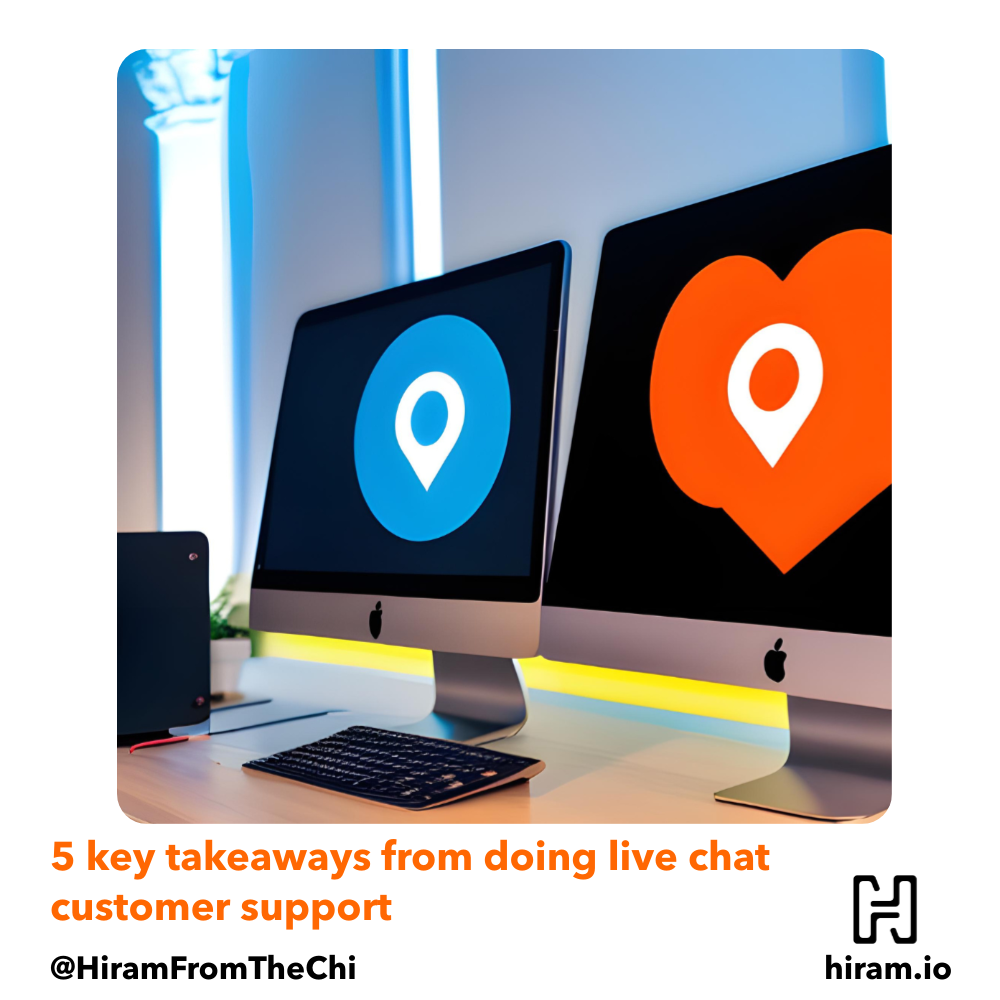Table of Contents
1. Most of the time, their question can be answered by the FAQ, knowledge base, and documentation
2. They'll end the chat abruptly if they found the answer while talking to you
Live chat customer support has become an increasingly popular way for businesses to interact with their customers in real time. When I launched my lifestyle clothing brand Tee Tweets, live chat was one of those things I knew wasn't scalable given I was running the company by myself. Nevertheless, I was all about doing things that don't scale, since those are often things larger competitors can't do. So I set up multiple live chat channels, and boom—I was available 24/7.
Then, I did it again for a period of time for a software business. Similar setup, but entirely different industry. I expected things to go differently, but they were surprisingly similar.
Here are some insights I learned when doing live chat customer support that may improve your support strategy and experience.
1. Most of the time, their question can be answered by the FAQ, knowledge base, and documentation
Humans are naturally lazy—it is what it is. We often choose convenience over everything, which is probably why you're getting customer support emails that would've been answered faster with some clicking around.
This happens for a variety of reasons. Maybe they didn't look at your resources in the first place. Or they did, but they didn't find the answer (whether it was because their query wasn't phrased correctly, or because the search in your knowledge base wasn't optimized enough to find the answer).
Maybe they did find the answer, but it wasn't explained clearly enough. Or there was something missing.
Whatever the reason is, it’s your job to answer their questions and point them in the right direction.
If the answer is in the knowledge base or docs, link them to the resource after you've answered it. Chances are that it's not their only question, and, depending on the structure of your docs, they'll click around to find other related answers that they might've otherwise asked during live chat.
2. They'll end the chat abruptly if they found the answer while talking to you
Don't take it personally. Chances are that they ended the chat because they found the answer while talking to you. If anything, this saves everyone time.
If the chat ends abruptly for another reason, no big deal. People are busy, and we have a hundred tabs open at a time. Things come up. If they need to reach out again, they will.
If you’re unsure that they found the answer, consider sending a follow-up message to make sure.
3. Some will be rude
It happens, for a billion different reasons. It’s up to you to keep the tone positive and helpful. You have no control over their feelings prior to the chat, or even during the chat.
Focus on what is within your control, which is addressing their concerns and resolving their issue.
4. Some might seem rude, but aren’t
We all communicate differently. I see this especially across different age groups. And it becomes particularly evident over text-based communications.
For example: Some people assume that not using exclamation points means you’re rude, angry, or having a bad day.
We need to get comfortable with the fact that some people just don’t use exclamation points. Same with using periods at the end of sentences. (I have a friend who never uses periods unless he's upset.)
Our communication methods and styles vary, especially over text. Don’t get offended if they don't seem to communicate as "friendly" as you might communicate with them.
5. Send (and automate) a recap if you can
Regardless of how the conversation ended, sending a recap email allows both parties to quickly think back and see where there were any misunderstandings (if any). This is a good thing for both parties, since it provides a record of the conversation.
The customer might use it for reference, and you as the customer support specialist might use it to reflect on how to improve this critical skill or even use it as an answer for a future support ticket.
What are some other key takeaways from doing live chat customer support? Let me know:
- Web: hiram.io
- Rising Tide (blog): hiram.io/blog
- LinkedIn: @hiramfromthechi
- Twitter/X: @hiramfromthechi
- Medium: @hiramfromthechi
- Mastodon: @hiramfromthechi@mastodon.social

